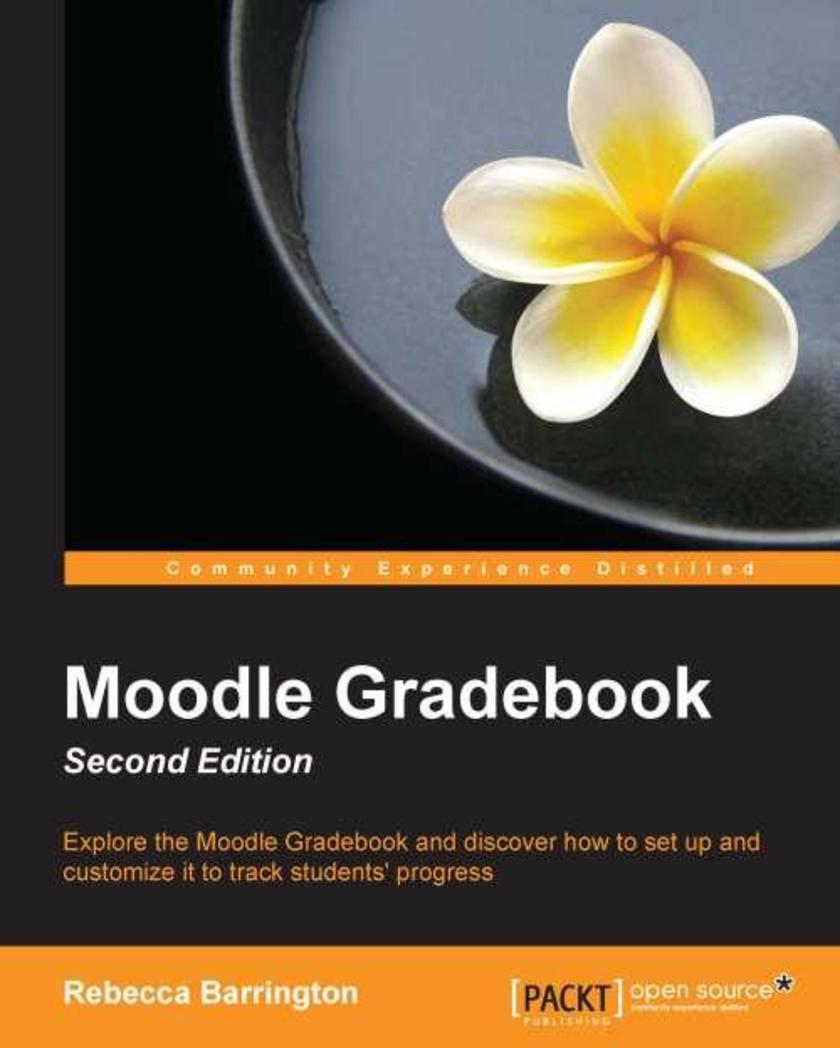
Moodle Gradebook - Second Edition
¥54.49
This book is for teachers and administrators who have experience with Moodle. Basic knowledge of Moodle 2.x will be required, but no prior knowledge of grade functions is needed. This book will help you utilize the full functionality of Version 2.7.
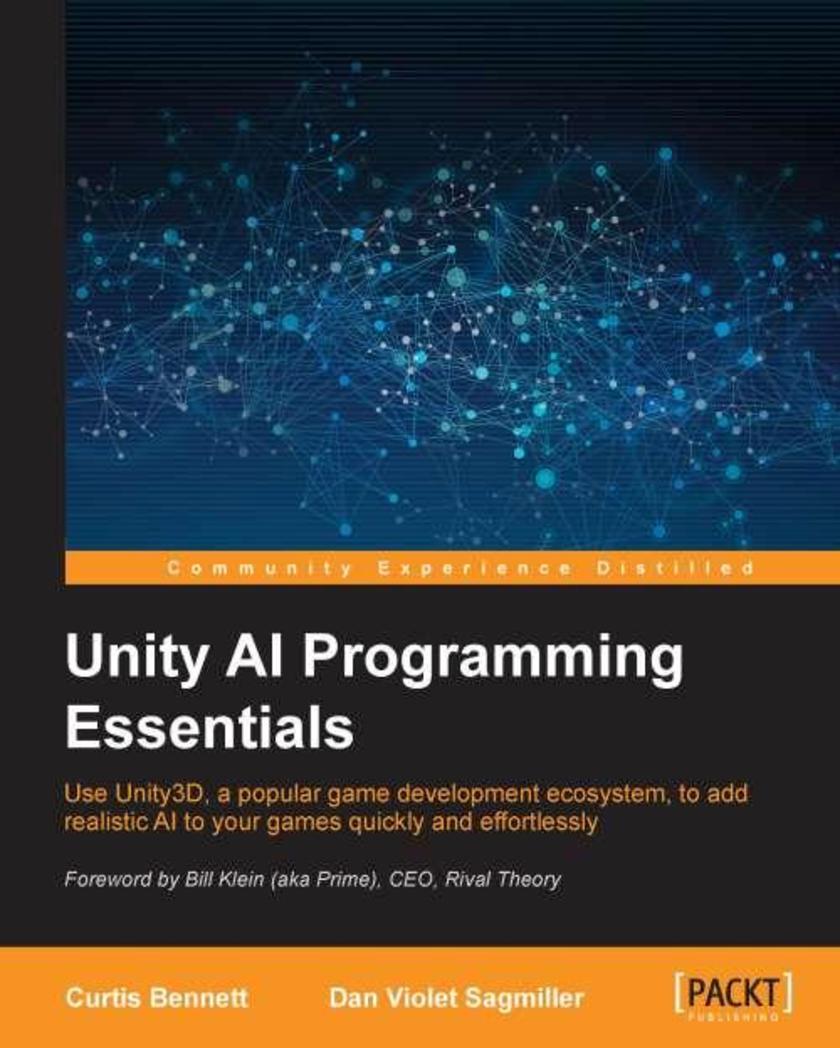
Unity AI Programming Essentials
¥54.49
This book is aimed at developers who know the basics of game development with Unity and want to learn how to add AI to their games. You do not need any previous AI knowledge; this book will explain all the essential AI concepts and show you how to add and use them in your games.
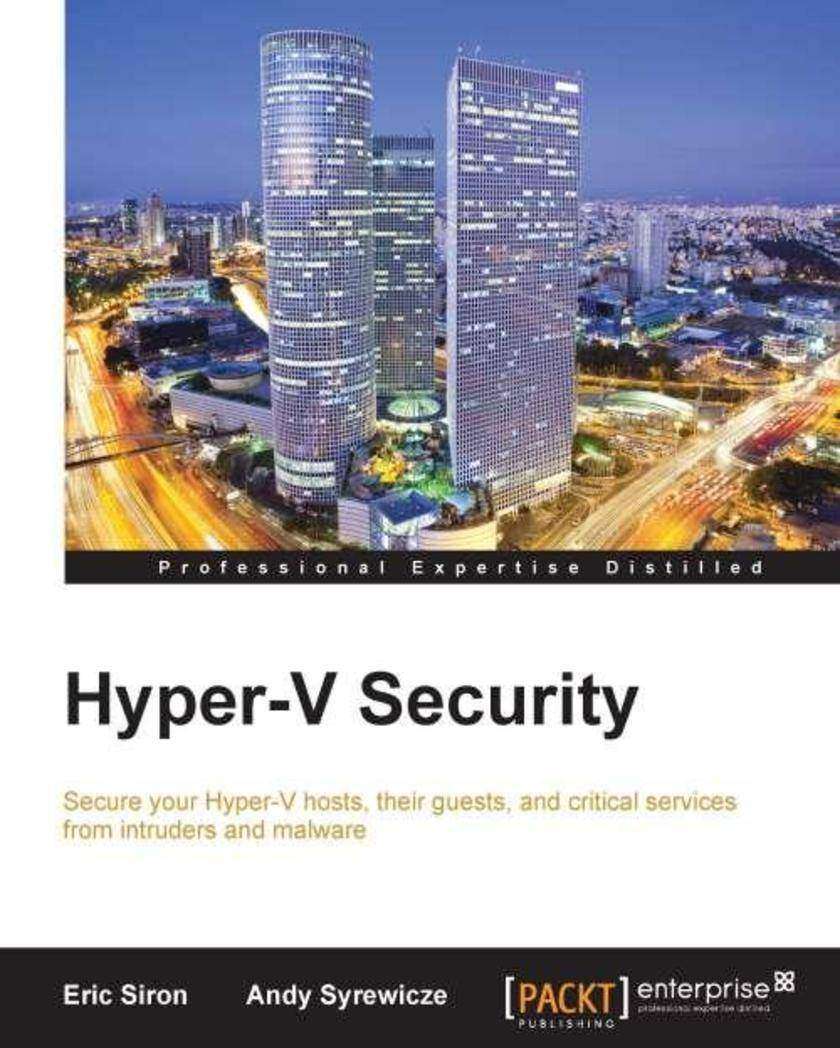
Hyper-V Security
¥54.49
Hyper-V Security is intended for administrators with a solid working knowledge of Hyper-V Server, Windows Server, and Active Directory. An administrator with a functional environment will be able to use the knowledge and examples present in this book to enhance security.

VMware vRealize Operations Performance and Capacity Management
¥80.65
If you are an IT professional who is interested in performance management and capacity management in a virtual data center, then this book is ideal for you. The book is an intermediate-level book.
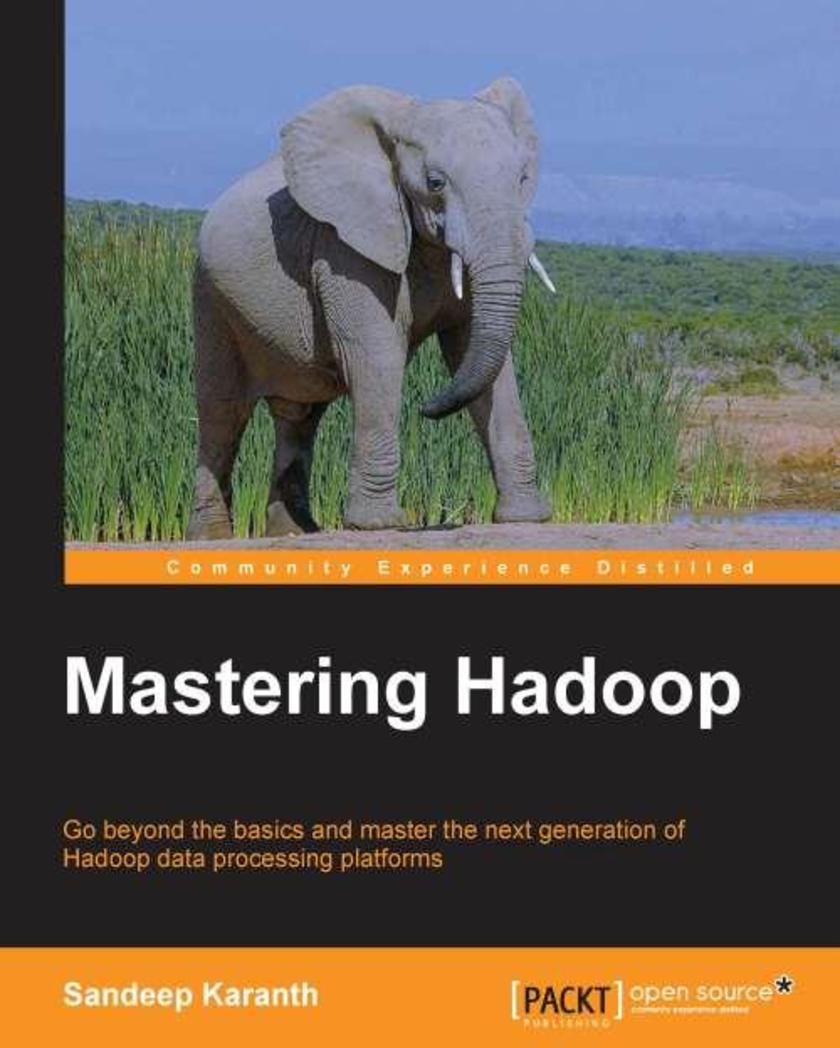
Mastering Hadoop
¥90.46
Do you want to broaden your Hadoop skill set and take your knowledge to the next levelDo you wish to enhance your knowledge of Hadoop to solve challenging data processing problemsAre your Hadoop jobs, Pig *s, or Hive queries not working as fast as you intendAre you looking to understand the benefits of upgrading HadoopIf the answer is yes to any of these, this book is for you. It assumes novice-level familiarity with Hadoop.

Multimedia Programming Using Max/MSP and TouchDesigner
¥90.46
If you want to learn how to use Max 6 and/or TouchDesigner, or work in audio-visual real-time processing, this is the book for you. It is intended for intermediate users of both programs and can be helpful for artists, designers, musicians, VJs, and researchers. A basic understanding of audio principles is advantageous.
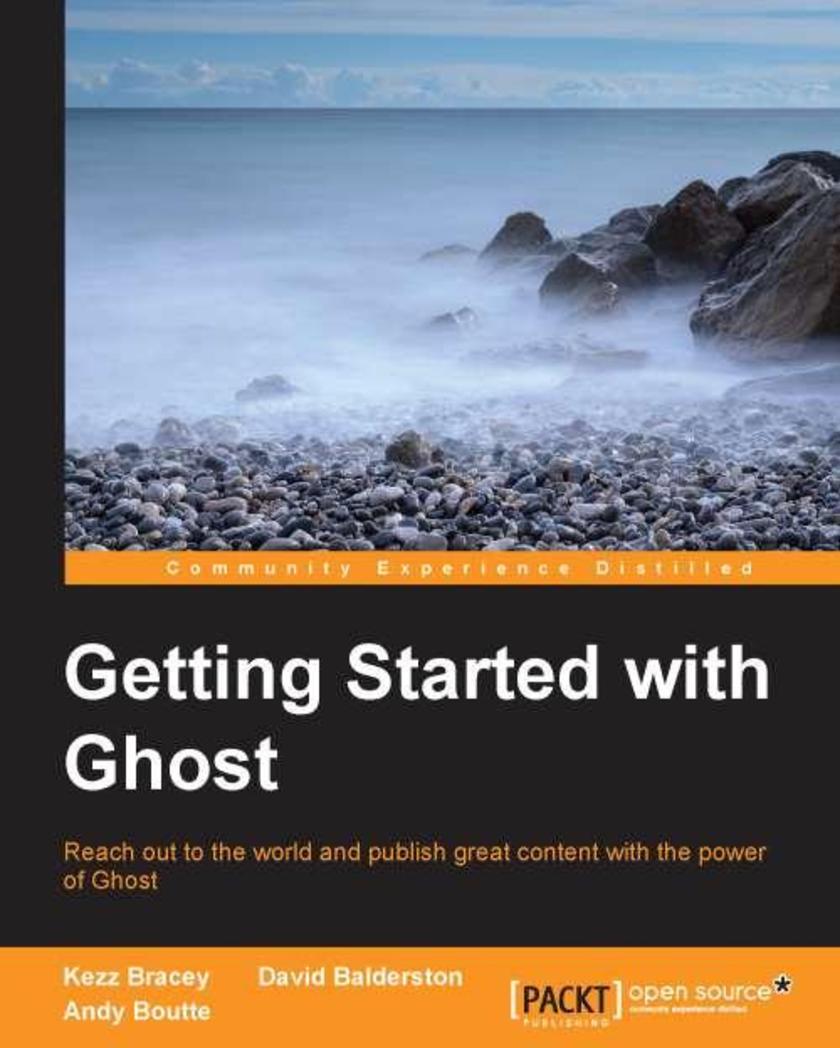
Getting Started with Ghost
¥45.77
If you are new to Ghost, this book is ideal for you. You might be completely new to content management systems or you might have experience with others such as WordPress. Some knowledge of web design basics such as HTML and CSS will be useful, but the book is designed so you can enter at the point relevant to you.
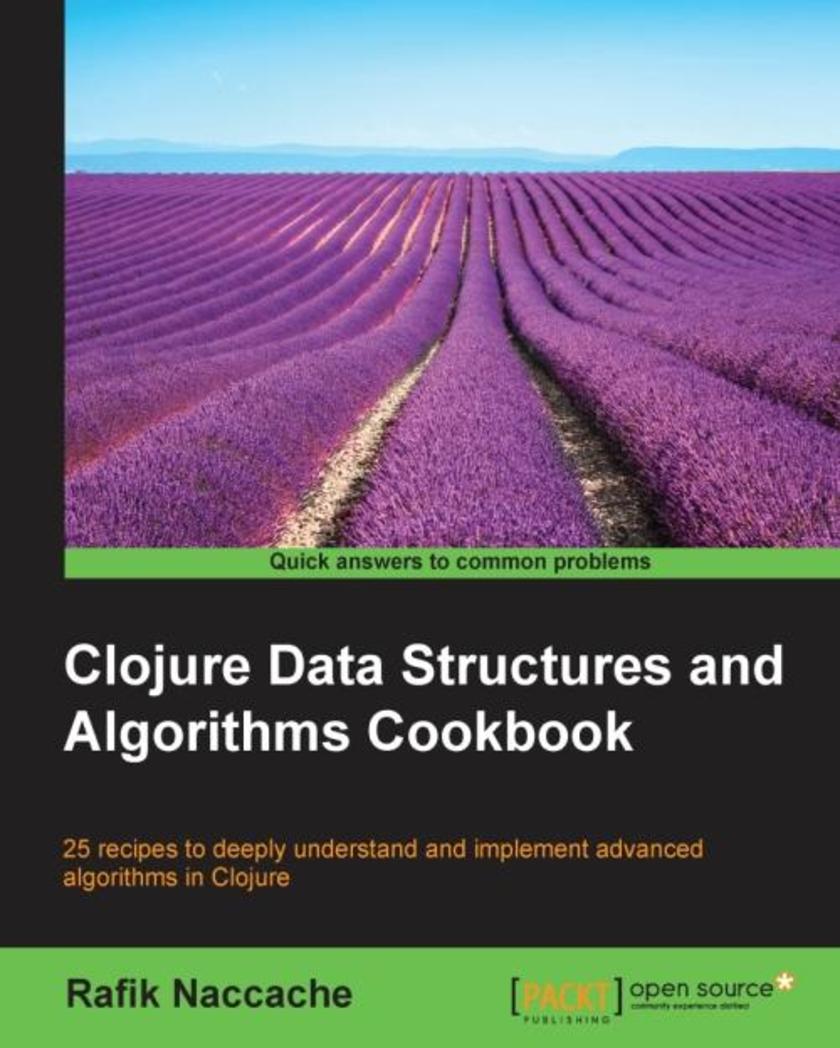
Clojure Data Structures and Algorithms Cookbook
¥90.46
This book is for intermediate Clojure developers who can read and write in this language quite comfortably. Besides, it is assumed that you have some knowledge of how to set up Clojure projects, include dependencies, how to run REPLs, and so on through Leiningen and Figwheel. No prior awareness of any of the algorithms covered in this book is needed, and, when appropriate, pointers are given to the explanation material about any theory related to them.
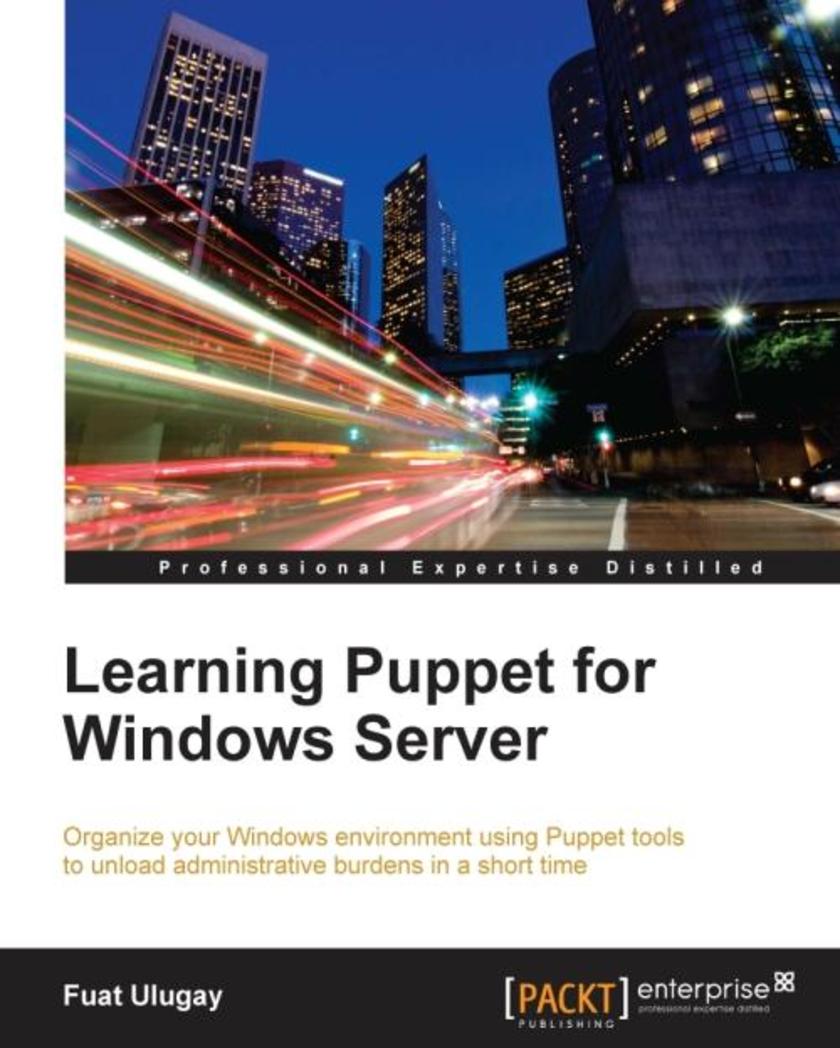
Learning Puppet for Windows Server
¥80.65
This book is for Windows administrators seeking to automate the management tasks of Windows servers and clients. Prior experience in Windows administration and a basic knowledge of Linux and Puppet will help you create wonders.

Responsive Web Design with HTML5 and CSS3 - Second Edition
¥71.93
Are you writing two websites: one for mobile and one for larger displaysOr perhaps you've already implemented your first RWD but are struggling to bring it all togetherIf so, this book gives you everything you need to take your websites to the next level. Some HTML and CSS knowledge will help; everything else you need is included in the book.
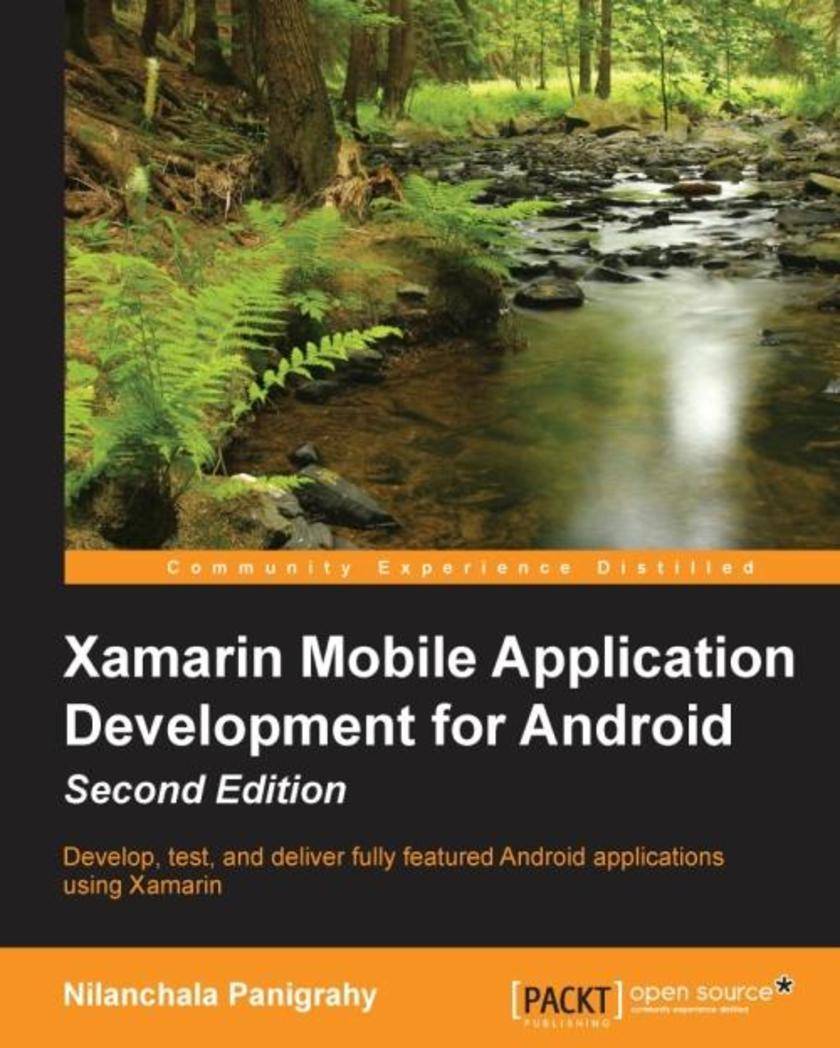
Xamarin Mobile Application Development for Android - Second Edition
¥80.65
If you are a C# developer who wants to develop Android apps and enhance your existing skill set, then this book is ideal for you. Good working knowledge of C#, .NET, and object-oriented software development is assumed.
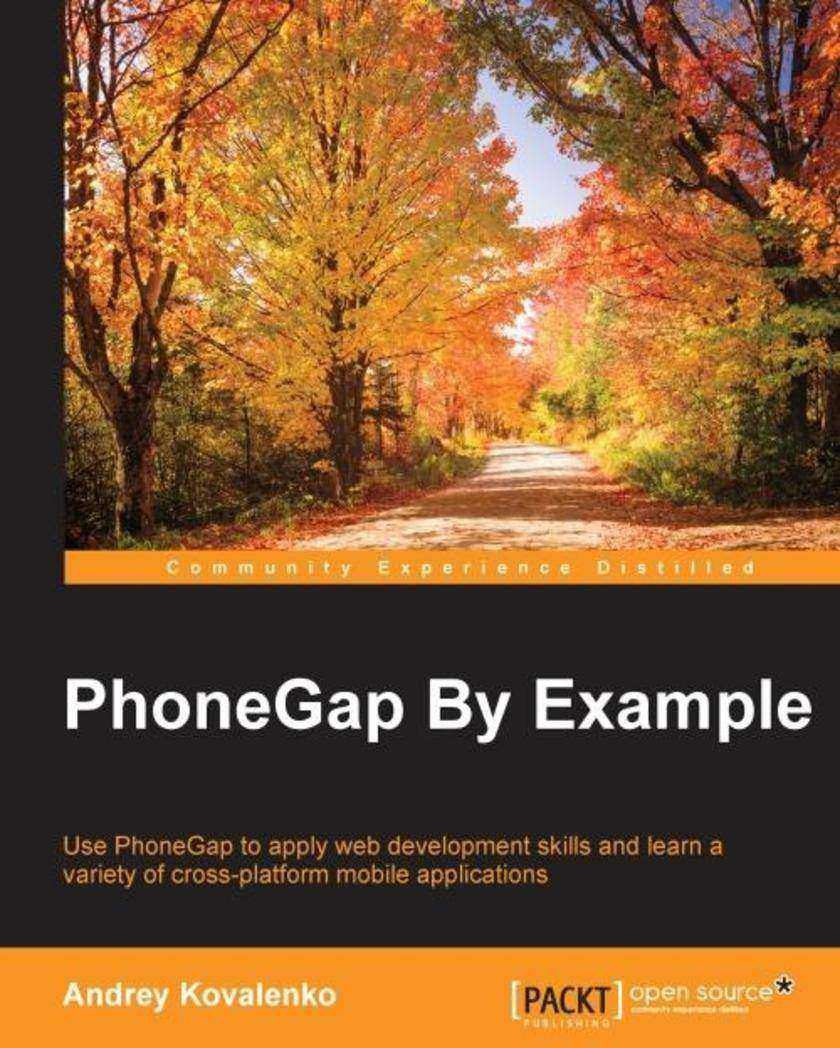
PhoneGap By Example
¥80.65
If you are a web developer with some experience in the development of single page applications and want to enter the world of mobile applications, then this technology and book are ideal for you. No previous experience in the C++ or Java languages is required.
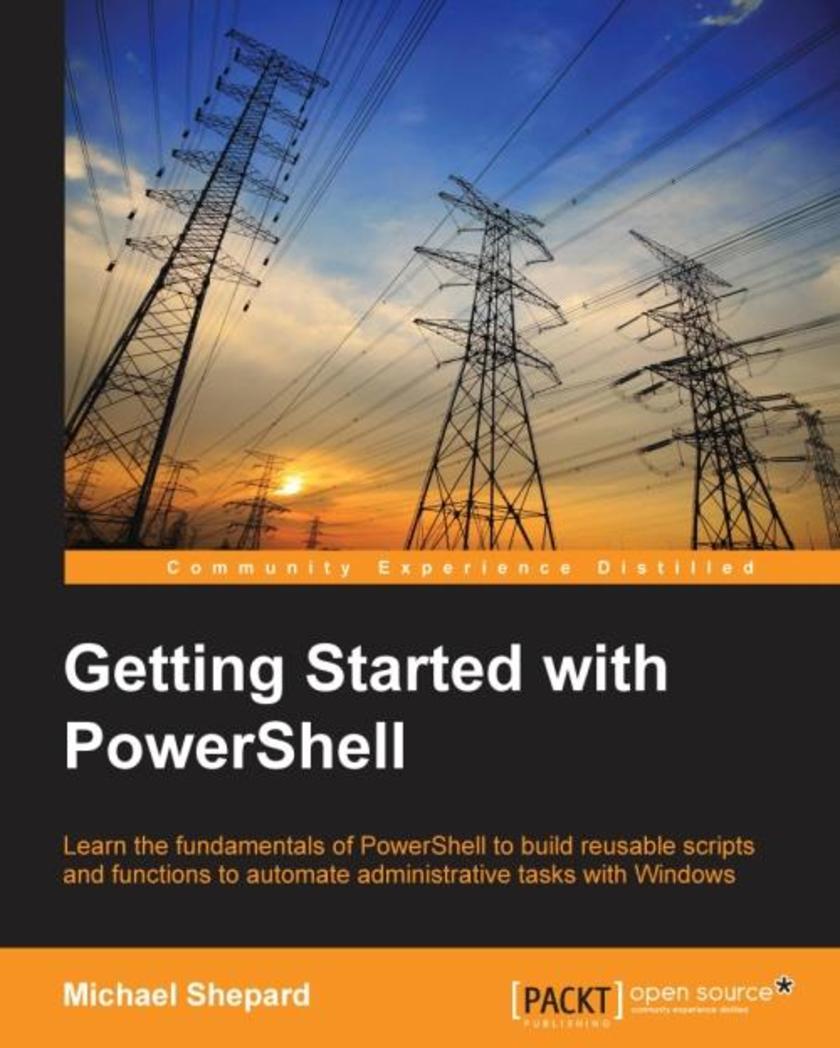
Getting Started with PowerShell
¥71.93
This book is intended for Windows administrators or DevOps users who need to use PowerShell to automate tasks. Whether you know nothing about PowerShell or know just enough to get by, this guide will give you what you need to take your *ing to the next level.
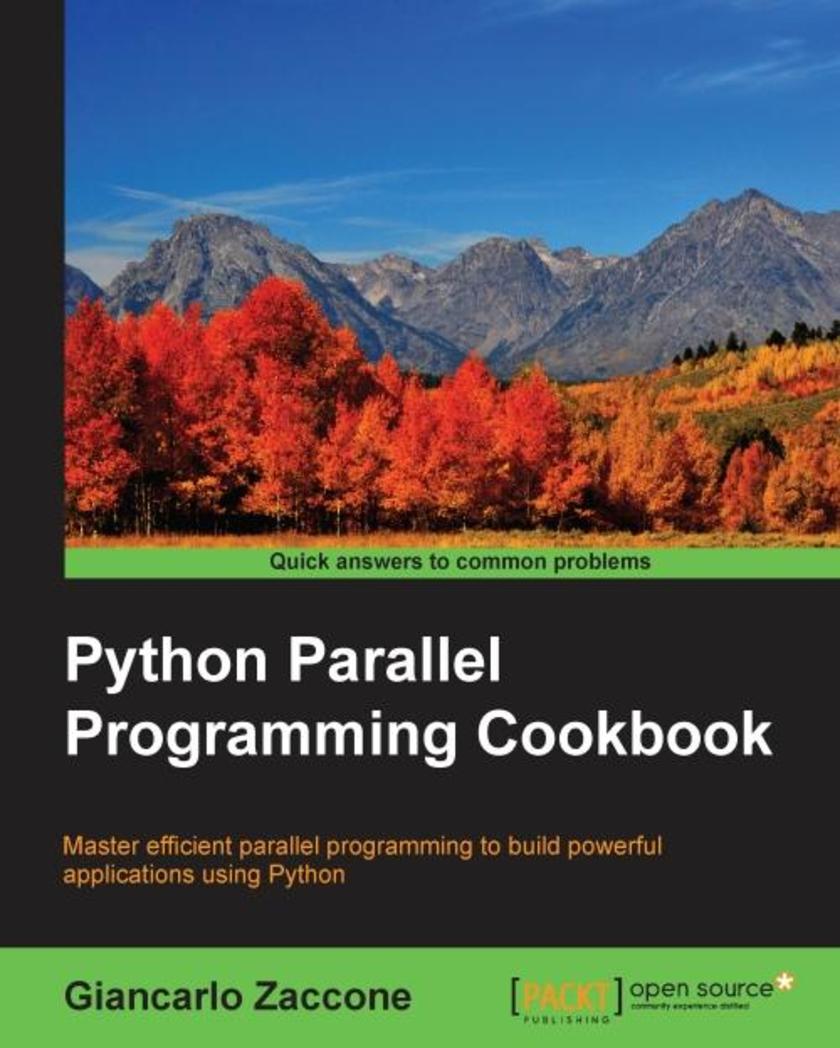
Python Parallel Programming Cookbook
¥90.46
This book is intended for software developers who want to use parallel programming techniques to write powerful and efficient code. After reading this book, you will be able to master the basics and the advanced features of parallel computing. The Python programming language is easy to use and allows nonexperts to deal with and easily understand the topics exposed in this book.

ArcGIS By Example
¥80.65
If you are an application developer who wishes to enhance your skills for the GIS domain with ArcGIS, then this book is for you. Previous experience with ArcGIS is not required.
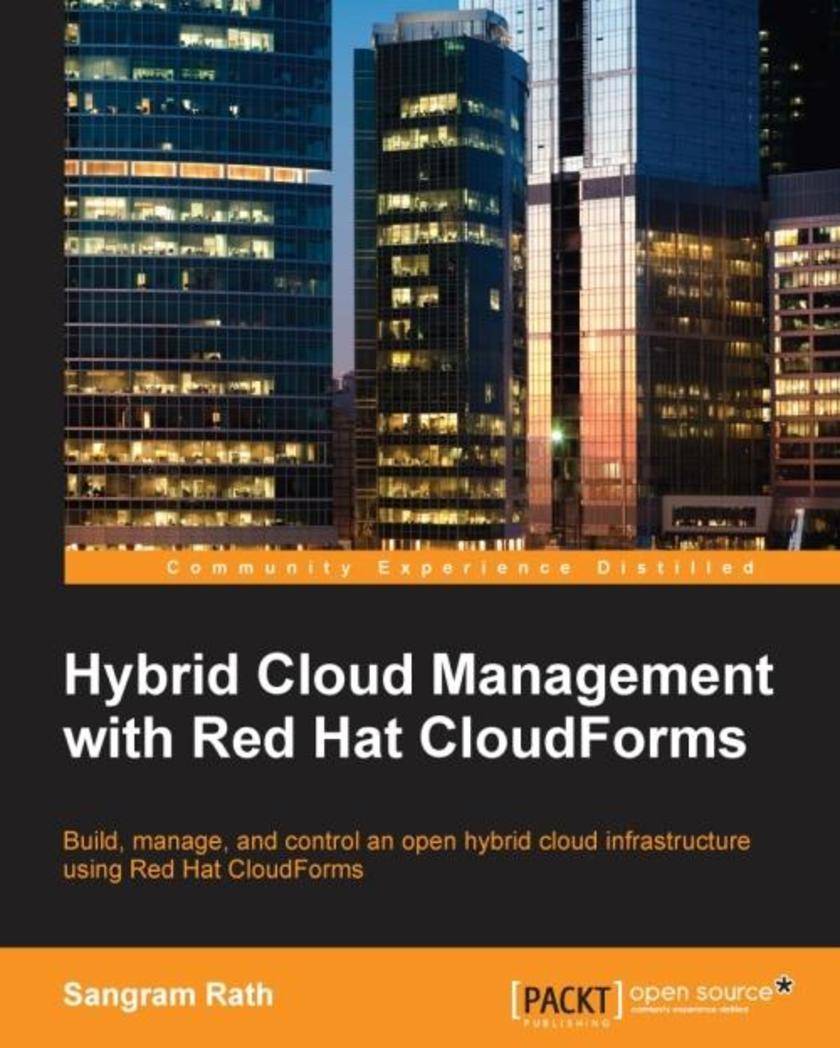
Hybrid Cloud Management with Red Hat CloudForms
¥71.93
If you are an existing Red Hat administrator who is new to the Red Hat cloud infrastructure and would like to manage and deploy hybrid clouds, then this book is for you. Red Hat Linux administration experience is assumed.
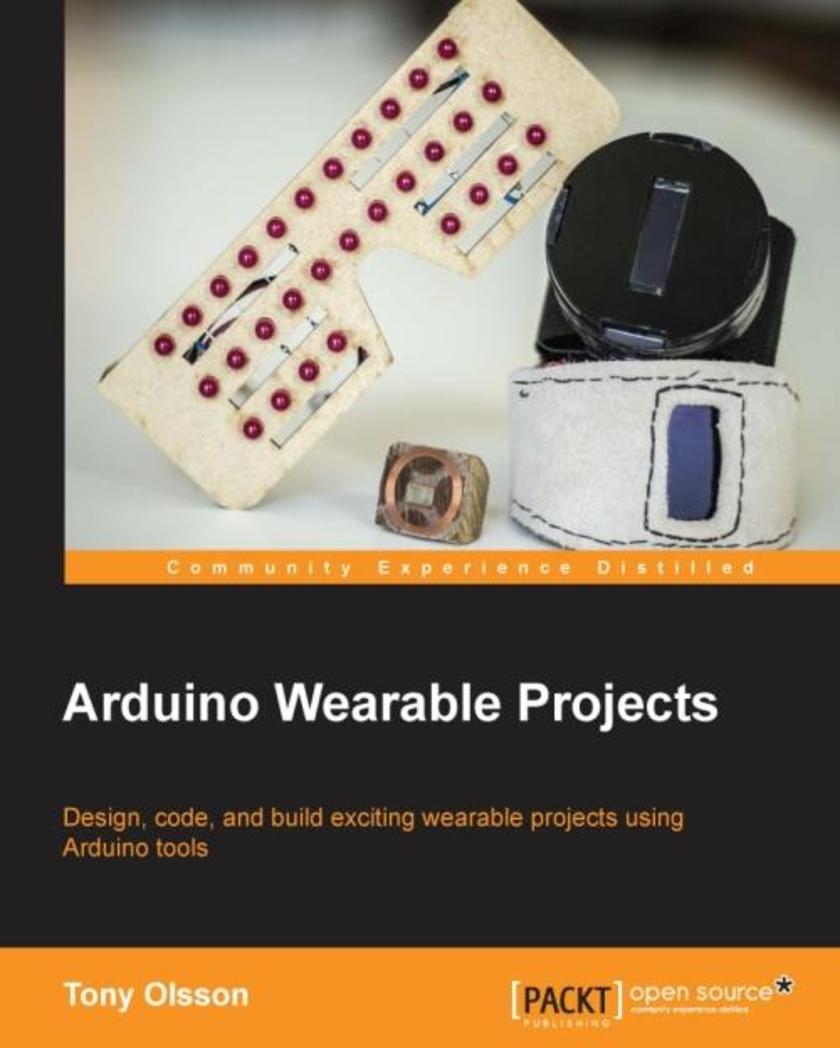
Arduino Wearable Projects
¥80.65
This book is intended for readers who are familiar with the Arduino platform and want to learn more about creating wearable projects. No previous experience in wearables is expected, although a basic knowledge of Arduino will help.
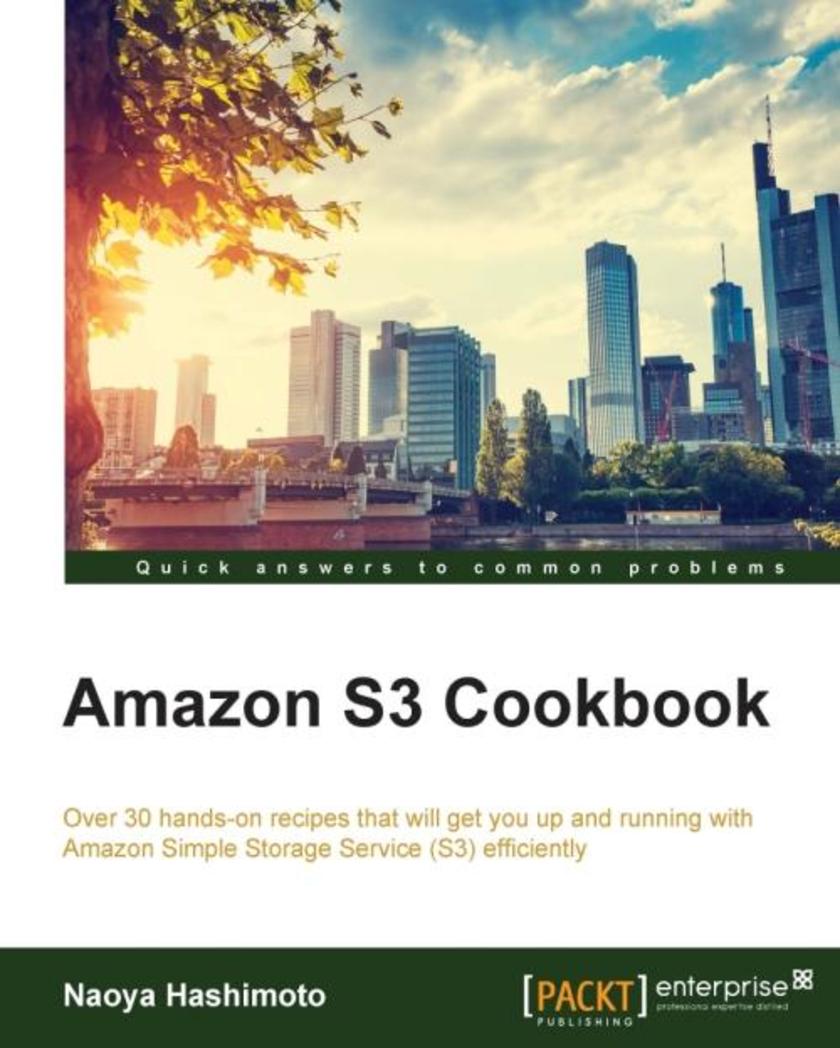
Amazon S3 Cookbook
¥90.46
This book is for cloud developers who have experience of using Amazon S3 and are also familiar with Amazon S3.

Learning zANTI2 for Android Pentesting
¥63.21
The book is intended for those who want to know more about network penetration tests and have no prior experience, as well as for those who are experienced in network systems and are interested in discovering more about this topic.
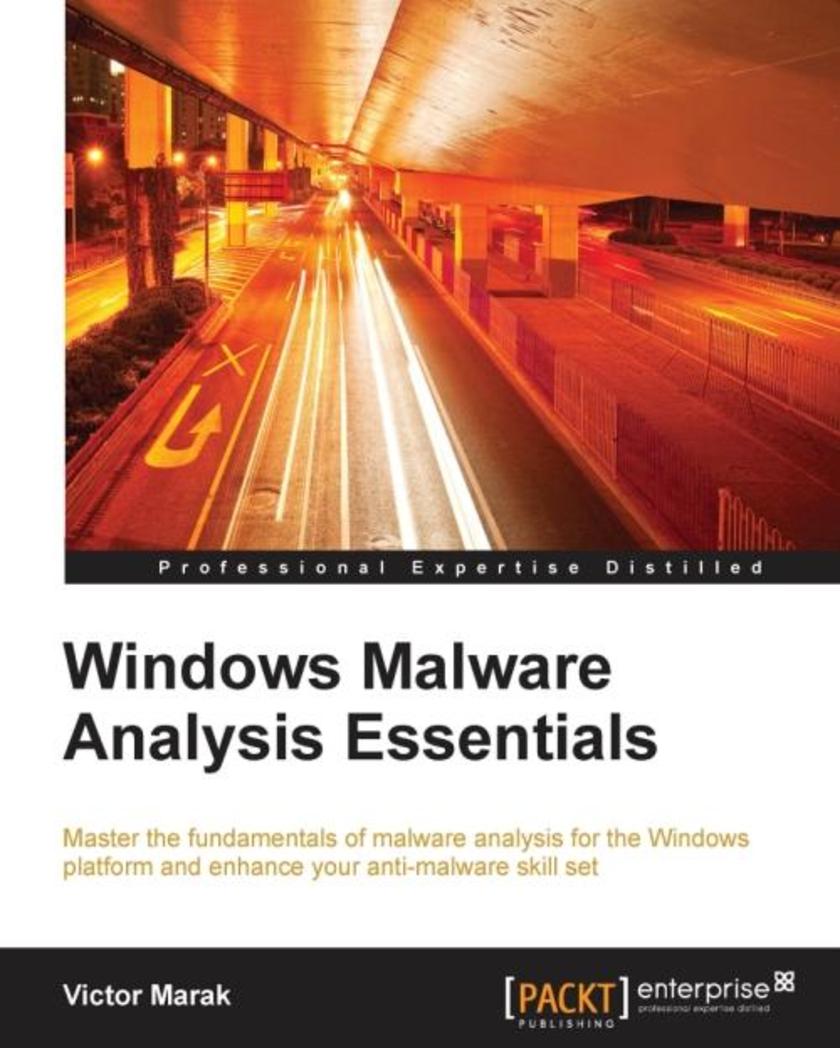
Windows Malware Analysis Essentials
¥90.46
Master the fundamentals of malware analysis for the Windows platform and enhance your anti-malware skill set About This Book Set the baseline towards performing malware analysis on the Windows platform and how to use the tools required to deal with malware Understand how to decipher x86 assembly code from source code inside your favourite development environment A step-by-step based guide that reveals malware analysis from an industry insider and demystifies the process Who This Book Is For This book is best for someone who has prior experience with reverse engineering Windows executables and wants to specialize in malware analysis. The book presents the malware analysis thought process using a show-and-tell approach, and the examples included will give any analyst confidence in how to approach this task on their own the next time around. What You Will Learn Use the positional number system for clear conception of Boolean algebra, that applies to malware research purposes Get introduced to static and dynamic analysis methodologies and build your own malware lab Analyse destructive malware samples from the real world (ITW) from fingerprinting and static/dynamic analysis to the final debrief Understand different modes of linking and how to compile your own libraries from assembly code and integrate the codein your final program Get to know about the various emulators, debuggers and their features, and sandboxes and set them up effectively depending on the required scenario Deal with other malware vectors such as pdf and MS-Office based malware as well as *s and shellcode In Detail Windows OS is the most used operating system in the world and hence is targeted by malware writers. There are strong ramifications if things go awry. Things will go wrong if they can, and hence we see a salvo of attacks that have continued to disrupt the normal scheme of things in our day to day lives. This book will guide you on how to use essential tools such as debuggers, disassemblers, and sandboxes to dissect malware samples. It will expose your innards and then build a report of their indicators of compromise along with detection rule sets that will enable you to help contain the outbreak when faced with such a situation. We will start with the basics of computing fundamentals such as number systems and Boolean algebra. Further, you'll learn about x86 assembly programming and its integration with high level languages such as C++.You'll understand how to decipher disassembly code obtained from the compiled source code and map it back to its original design goals. By delving into end to end analysis with real-world malware samples to solidify your understanding, you'll sharpen your technique of handling destructive malware binaries and vector mechanisms. You will also be encouraged to consider analysis lab safety measures so that there is no infection in the process. Finally, we'll have a rounded tour of various emulations, sandboxing, and debugging options so that you know what is at your disposal when you need a specific kind of weapon in order to nullify the malware. Style and approach An easy to follow, hands-on guide with de*ions and screenshots that will help you execute effective malicious software investigations and conjure up solutions creatively and confidently.
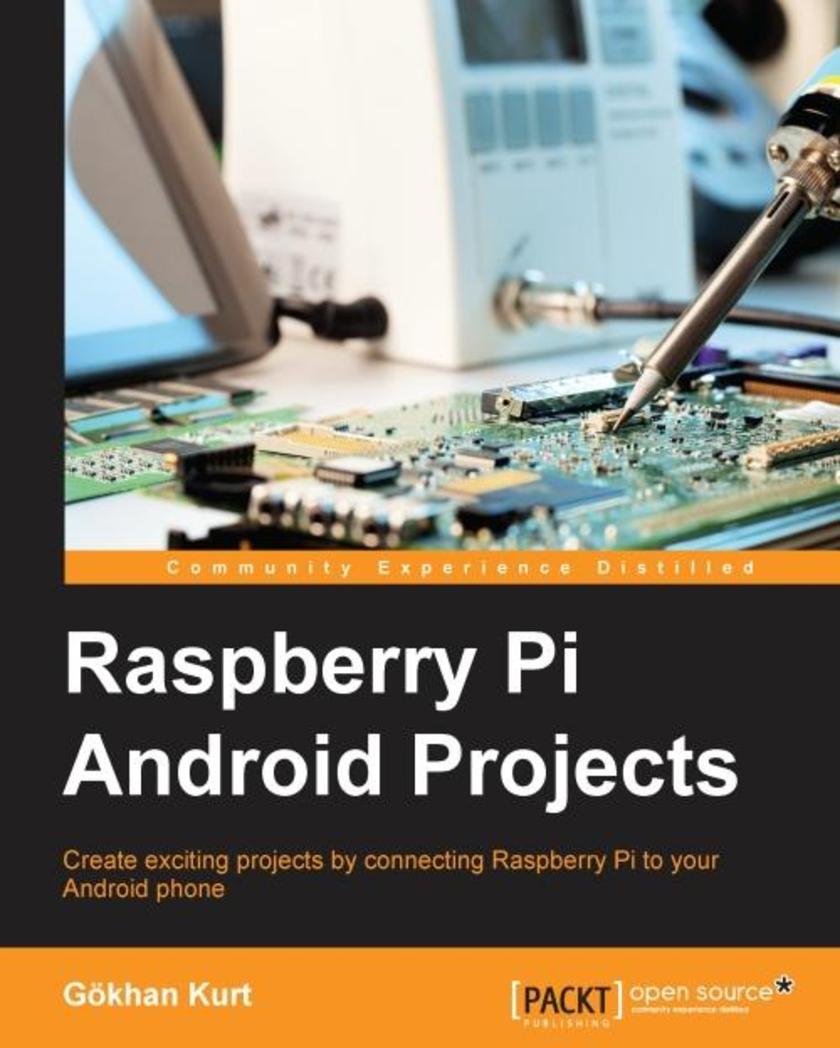
Raspberry Pi Android Projects
¥63.21
Create exciting projects by connecting the Raspberry Pi to your Android phone About This Book Manage most of the fundamental functions of Raspberry Pi from your Android phone Use the projects created in this book to develop even more exciting projects in the future A project-based learning experience to help you discover amazing ways to combine the power of Android and Raspberry Pi Who This Book Is For The target audience for this book includes Raspberry Pi enthusiasts, hobbyists, and anyone who wants to create engaging projects with Android OS. Some knowledge of Android programming would be helpful. What You Will Learn Install the tools required on your Pi and Android to manage and administer the Pi from Android Share your files between different Android devices using the Pi as a server Set up the Pi to live-stream the camera in surveillance mode and customize Android to receive this content Turn your Pi into a media center and control it from your Android See your Android display on a large screen using Raspberry Pi Connect your car's dashboard to your Android device using Raspberry Pi In Detail Raspberry Pi is the credit card-sized, general purpose computer which has revolutionized portable technology. Android is an operating system that widely used in mobile phones today both on the high and low ends of the mobile phone market. However, there is little information about how to connect the two in spite of how popular both of them are. Raspberry Pi Android Projects starts with simple projects that help you access the command prompt and the desktop environment of Raspberry Pi from the comfort of your Android phone or tablet. Then, you will be introduced to more complex projects that combine the strengths of the Pi and Android in amazing ways. These projects will teach you how to manage services on the Pi from Android, share files between Android devices using the Pi as a server, administer and view the Pi’s camera from Android in surveillance mode, and connect your car to the Pi and make data more accessible using Android. The introductory projects covered will be useful each time you need to access or administer your Pi for other purposes, and the more advanced projects will continue to be valuable even after you become an expert on Pi. By the end of this book, you will be able to create engaging and useful projects that will help you combine the powers of both Android and Raspberry Pi. Style and approach A quick and easy-to-follow guide that will show how you can add up the power of Pi and Android by combining them.




 购物车
购物车 个人中心
个人中心



